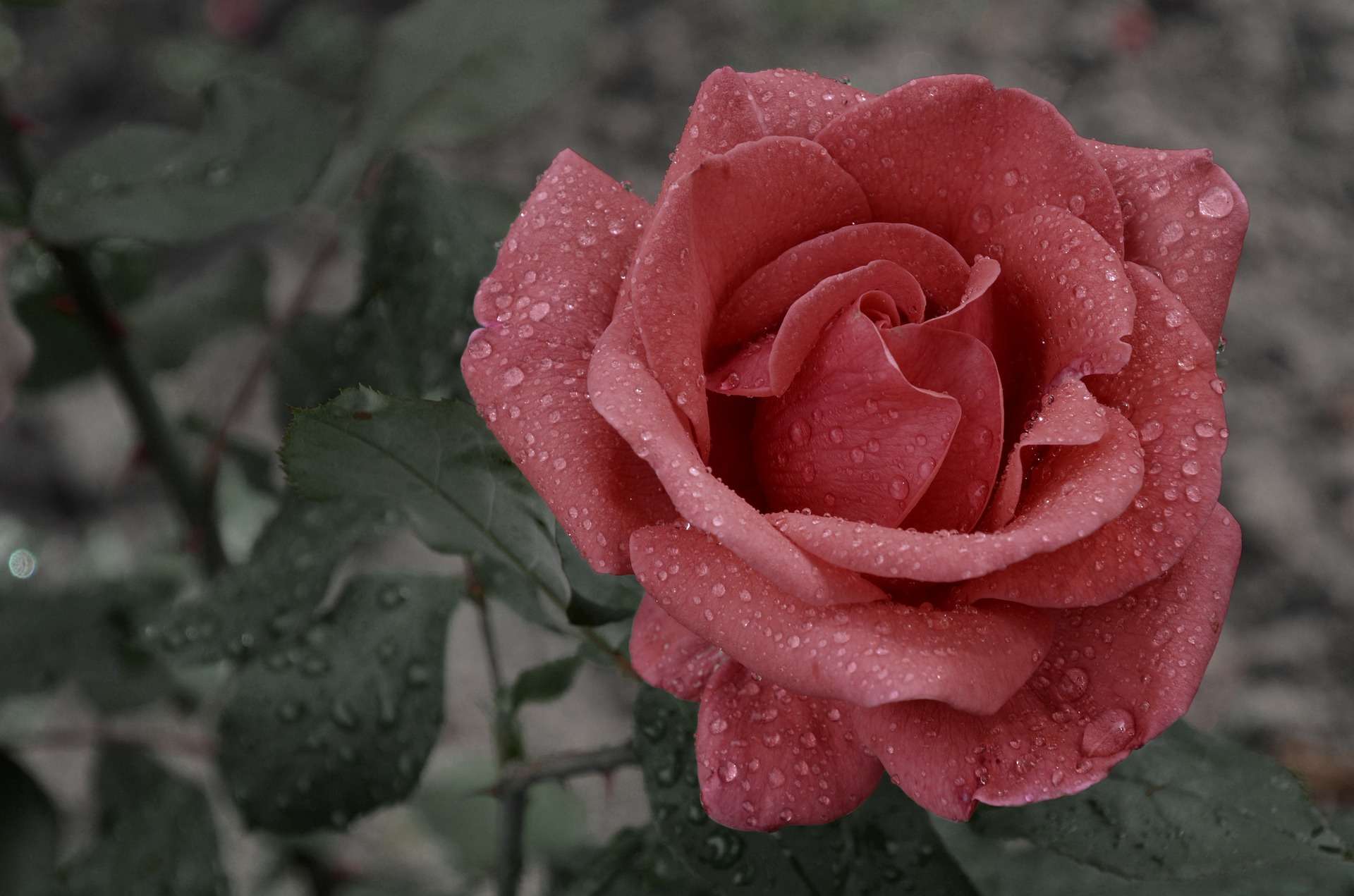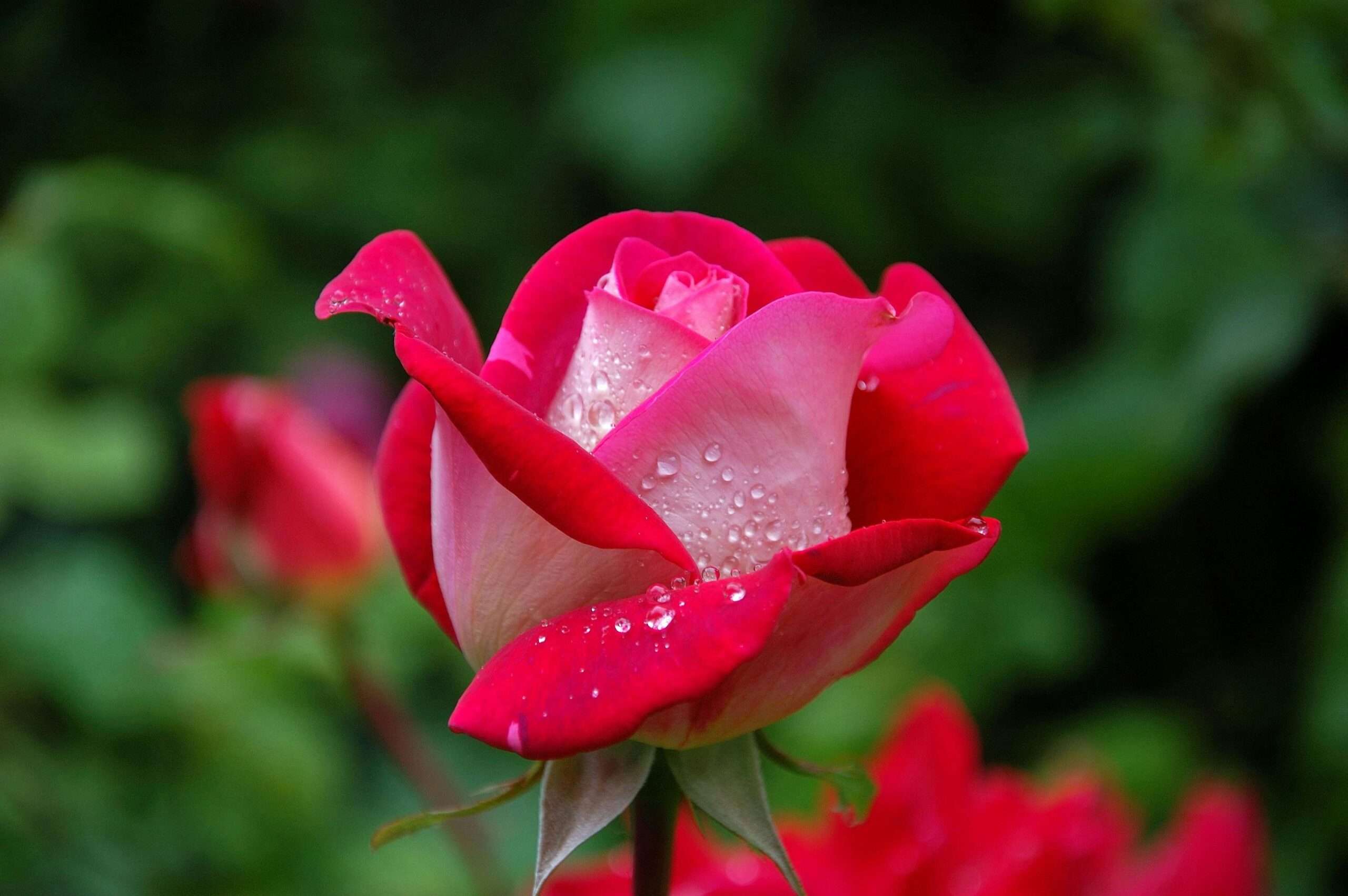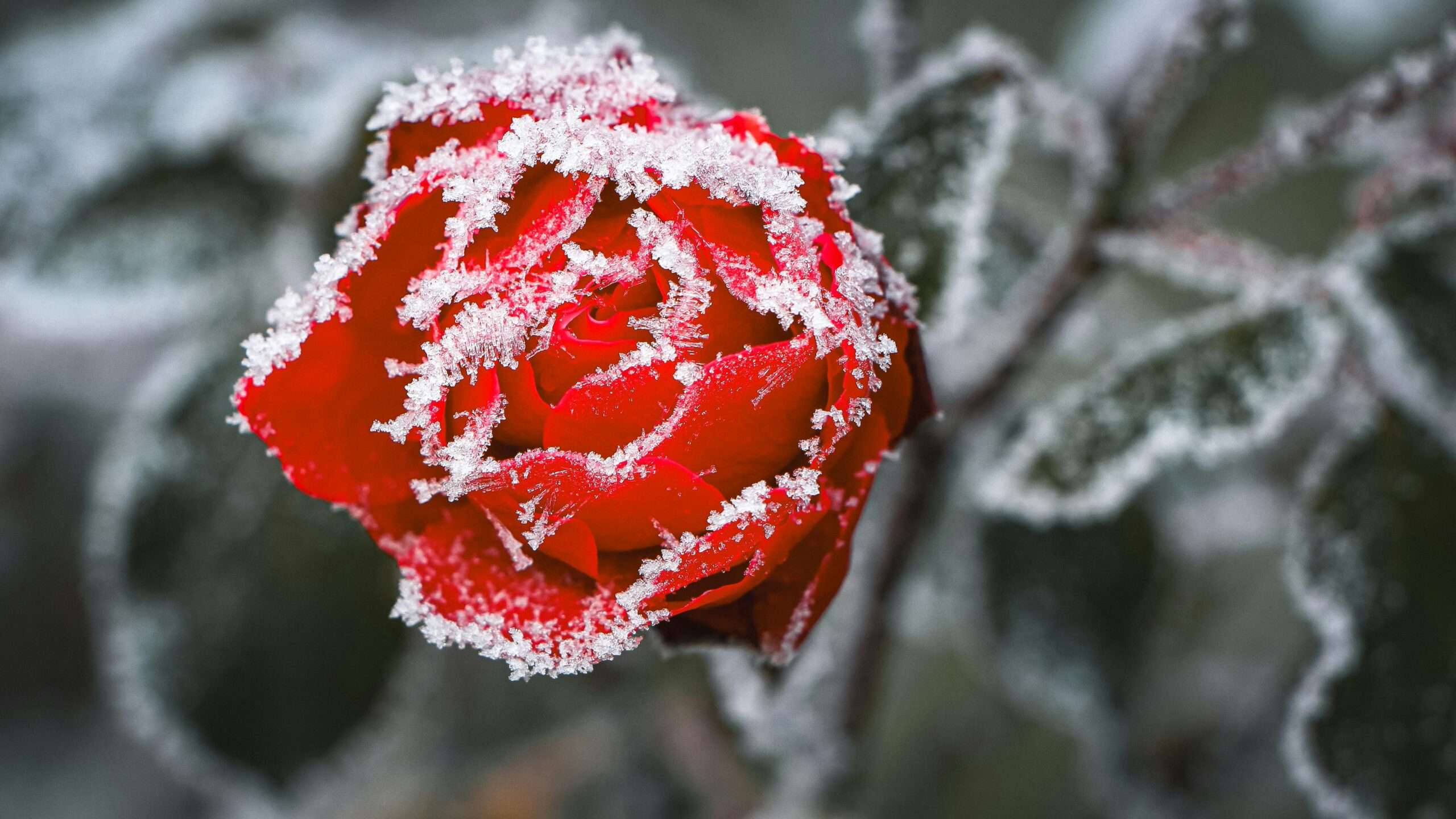Hey there, fellow flower fanatics! Let’s chat about everyone’s favorite garden celebrity – roses! They’re like the Beyoncé of blooms, bringing beauty, romance, and a little bit of sass to any garden. But you know what’s even better than a regular rose? A speed demon rose – blooming faster than you can say “rosebud”! So, buckle up, because we’re about to dive into the world of turbo-charged rose growth with some seriously cool Fast Rose Growth Tips. Whether you’re a green-thumbed newbie or a seasoned pro, get ready to learn how to grow rose plant faster and turn your garden into a rose paradise in record time!
Table of Contents
1. Understanding Rose Growth Basics

Types of Roses and Their Growth Patterns
Alright, let’s start with Rose 101 – there’s more to these beauties than meets the eye! You’ve got your diva-like hybrid teas, strutting their stuff with big, show-stopping blooms. Then there are the social butterflies, the floribundas, always hanging out in groups and ready to party. And let’s not forget about the climbers, reaching for the stars with a little help from their friends. Understanding these growth patterns is like having the inside scoop on how to grow rose plant faster – it helps you give them the TLC they need to bloom like nobody’s business!
Optimal Growing Conditions: How to Grow Rose Plant Faster
Imagine your roses lounging on a beach, sipping cocktails, and soaking up the sun – that’s the kind of vibe they’re after! They love basking in the sunshine, but they’re not fans of getting too hot and bothered. And just like us, they need a little shade now and then to cool off. So, find them a spot with plenty of sunlight, a gentle breeze, and maybe a cute little parasol for those scorching days. Trust me, they’ll thank you with a bouquet of blossoms.
2. Soil Preparation for Faster Rose Growth
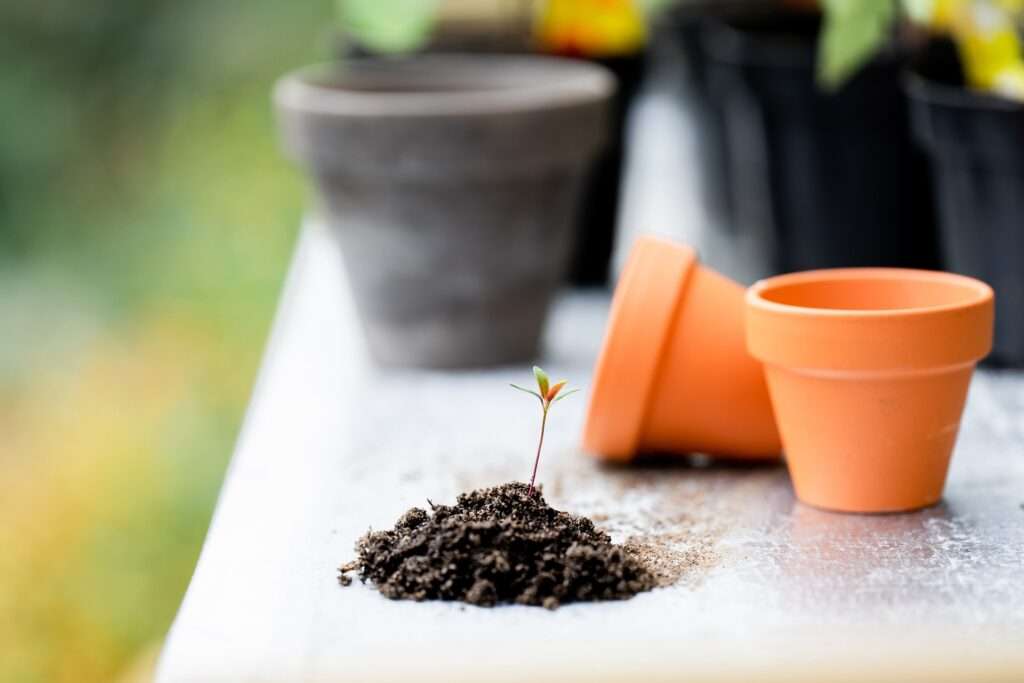
Testing and Amending Soil
Time to get your hands dirty – literally! Think of soil testing like giving your roses a check-up – we wanna make sure they’re feeling their best! If the soil’s a bit off-kilter, no worries – we’ve got tricks up our sleeves. Add a dash of this, a sprinkle of that, and before you know it, you’ve got soil so good, your roses will want to throw a garden party!
Mulching Techniques
Ah, mulch – the unsung hero of the garden! It’s like tucking your roses into bed with a cozy blanket and a bedtime story. Not only does it keep the soil nice and comfy, but it also keeps those pesky weeds from crashing the party. So, grab your favorite mulch – bark, straw, maybe even a little compost – and give your roses the royal treatment they deserve.
3. Choosing the Right Fertilizers
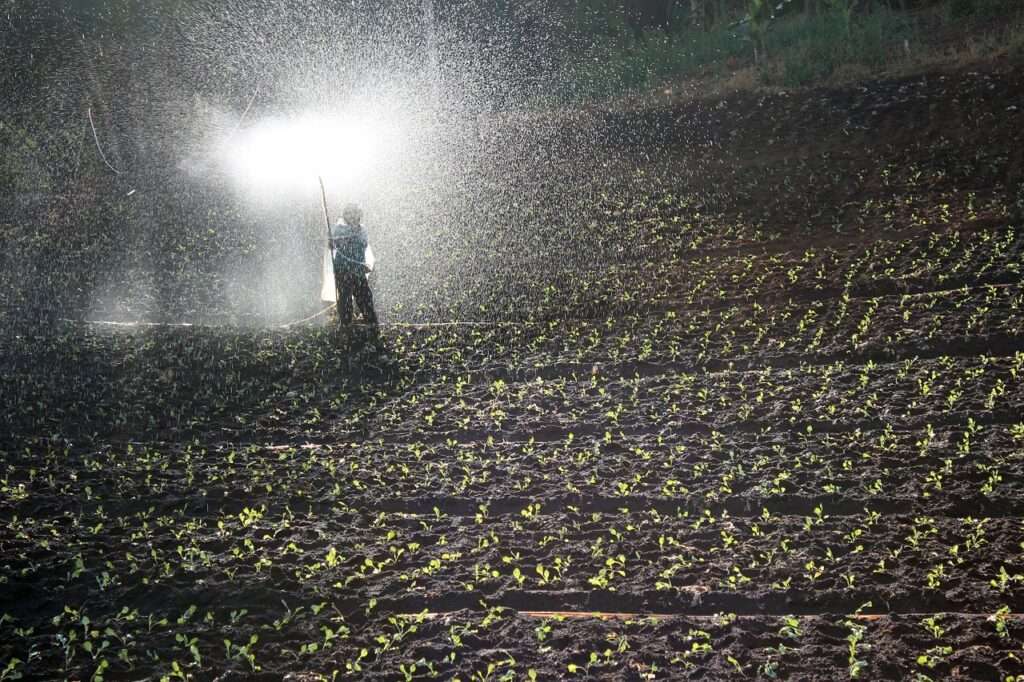
Understanding Fertilizer Types
Alright, let’s talk rose food – it’s like a buffet for your blooms! You’ve got your organic options, like compost and fish emulsion, all-natural and full of goodness. Then there’s the synthetic stuff, like those fancy NPK blends – a little chemical magic to give your roses a boost. It’s like choosing between a home-cooked meal and takeout – both delicious, but one’s got a little extra oomph!
Application Techniques
Now, here’s where the fun begins – feeding time! Grab your fertilizer, sprinkle it around like you’re adding sprinkles to a cupcake, and watch your roses gobble it up like it’s their birthday. Just don’t forget to water them afterward – nobody likes a dry rose on their hands!
4. Effective Watering Strategies

Watering Frequency and Amount
Time to talk hydration – because even roses need a good drink now and then! They like it moist, but not too soggy, like a good sponge cake. So, aim for about an inch or two of water a week, and make sure it’s not just a quick sip – they like to really soak it in, like they’re lounging in a hot tub after a long day!
Watering Methods
Now, there are plenty of ways to water your roses, but let’s be real – nothing beats a good old-fashioned hose! It’s like giving your roses a spa day – relaxing, refreshing, and oh-so-indulgent. So, grab that hose, give ’em a good drenching, and watch those buds pop like popcorn!
5. Pruning and Training for Faster Blooms
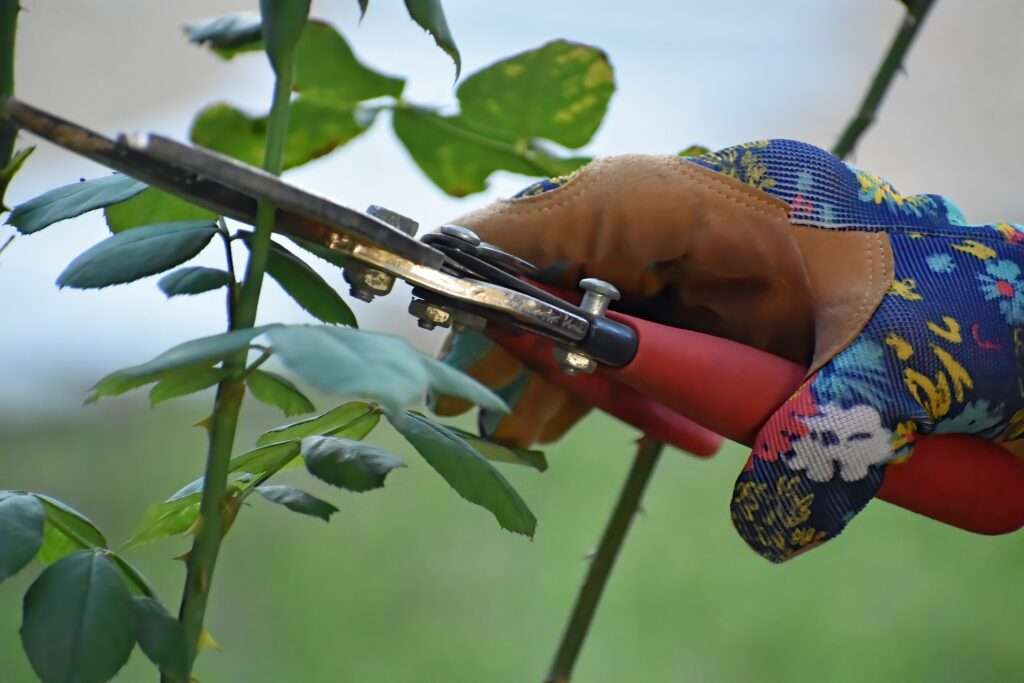
Pruning Techniques
Alright, time for a little trim – and no, I’m not talking about your hair! We’re talking about giving those roses a little haircut to spruce things up. Just think of it like tidying up your room – a little snip here, a little snip there, and suddenly, everything looks fresh and fabulous!
Training Roses
Now, when it comes to climbing roses, they need a little extra TLC – like a supportive friend who’s always got your back. So, grab those trellises, tie up those canes, and give ’em a little pep talk – they’ll be climbing to new heights in no time!
6. Pest and Disease Management
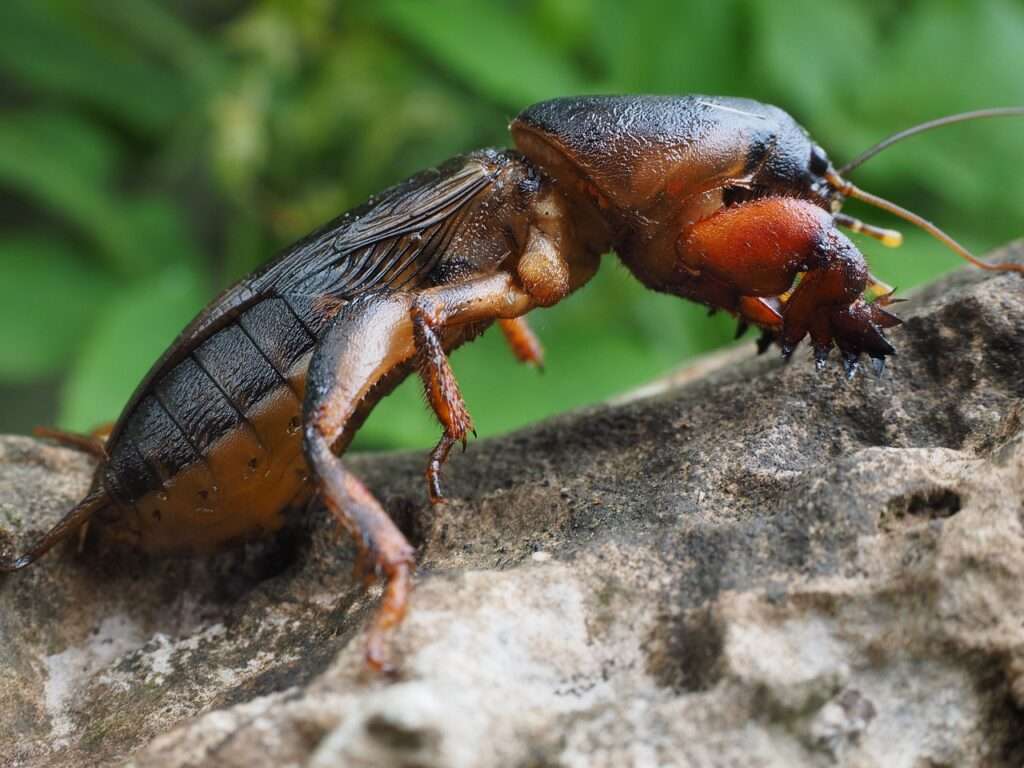
Common Rose Pests
Alright, let’s talk about the uninvited guests – pests! They’re like the party crashers of the garden, always showing up unannounced. But don’t worry, we’ve got tricks up our sleeves – like spraying them with a hose or calling in the reinforcements (aka ladybugs). So, show those pests who’s boss and watch them scatter like leaves in the wind!
Preventing and Treating Diseases
Now, nobody likes a sick rose – they’re like the drama queens of the garden, always demanding attention. So, keep an eye out for those pesky diseases – black spot, powdery mildew, you name it. And if you spot any troublemakers, nip it in the bud – literally! Remove those infected leaves, give ’em a little TLC, and watch your roses bounce back like they’re on a comeback tour!
7. Seasonal Care and Maintenance
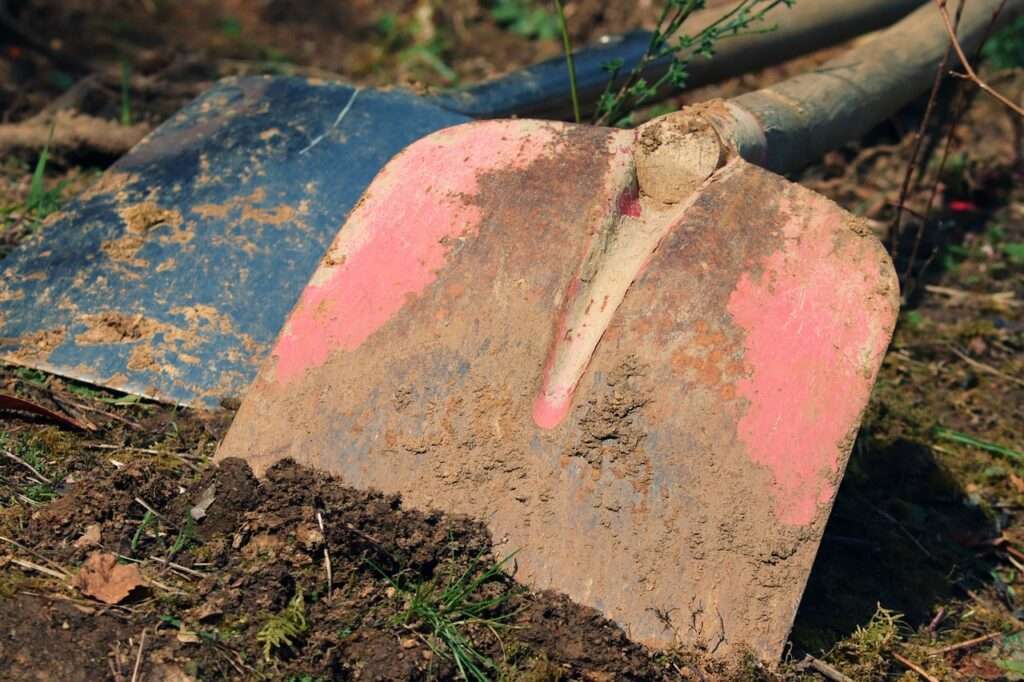
Spring and Summer Care
Alright, it’s time to roll up those sleeves and get to work – because spring and summer are like the rose Olympics, and your roses are going for gold! Fertilize, water, prune – you name it, they’re doing it! And don’t forget to give ’em a little shade when it’s scorching hot – nobody likes a sunburnt rose!
Fall and Winter Preparations
Now, when the cold winds start to blow, it’s time to hunker down and prepare for winter. Mulch those beds, clean up those fallen leaves, and give your roses a little extra love before they tuck in for the winter. Trust me, they’ll thank you come springtime!
Learn more – How to Grow Rose Plant Faster
Conclusion
Well, folks, we’ve covered a lot of ground today – from soil tests to pruning techniques, we’ve left no petal unturned! So, grab your gardening gloves and get ready to put those Fast Rose Growth Tips to the test. Your roses will be blooming faster than you can say “rose-tinted glasses”! Happy gardening, everyone! And remember, knowing how to grow rose plant faster is the secret to a blooming paradise!
What are the best conditions for growing roses faster?
To grow roses faster, ensure they get at least 6-8 hours of direct sunlight daily. Roses thrive in temperatures between 60-70°F (15-21°C). Additionally, maintain moderate humidity and good air circulation. Plant your roses in slightly acidic soil (pH 6.0-6.5) that’s rich in organic matter.
How often should I water my roses for optimal growth?
Roses generally need about 1-2 inches of water per week. In times of heat and drought, it’s often necessary to water more regularly to maintain consistent soil moisture. The best time to water roses is early in the morning to allow the leaves to dry before evening, reducing the risk of fungal diseases.
What types of fertilizers should I use to speed up rose growth?
For faster rose growth, use a balanced fertilizer with a higher phosphorus content, such as a 10-20-10 NPK blend. Organic fertilizers like compost, bone meal, and fish emulsion are great for slow nutrient release and soil health improvement. Synthetic fertilizers provide immediate nutrients but should be used carefully to avoid over-fertilization.
How can I prevent and treat common rose diseases?
To prevent diseases like black spot and powdery mildew, water at the base of the plants and ensure good air circulation by proper spacing and pruning. If disease symptoms appear, promptly remove and dispose of affected leaves and stems. Fungicides can be used as a last resort, following the instructions carefully.
Why is pruning important for rose growth, and how should I do it?
Pruning promotes new growth and quicker blooms. In early spring, remove any dead, diseased, or damaged wood and cut back the stems by about one-third. Regularly deadhead spent blooms to direct the plant’s energy toward new flowers. Use sharp, clean tools to make clean cuts just above a bud facing outward to shape the plant and improve air circulation.

